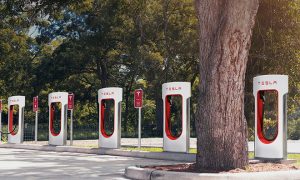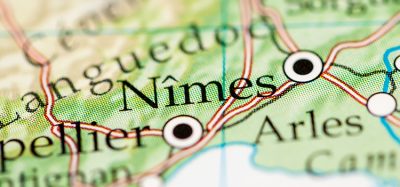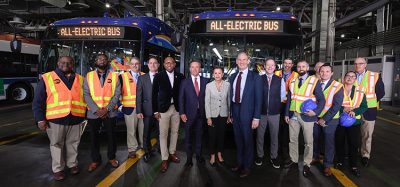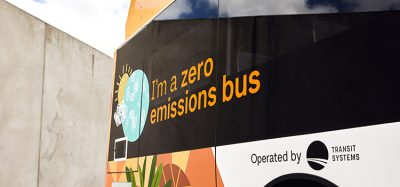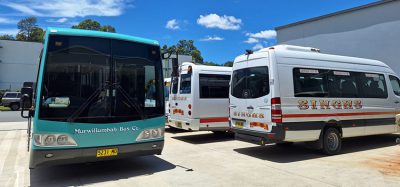Tesla takes next step towards high passenger-density urban transport
- Like
- Digg
- Del
- Tumblr
- VKontakte
- Buffer
- Love This
- Odnoklassniki
- Meneame
- Blogger
- Amazon
- Yahoo Mail
- Gmail
- AOL
- Newsvine
- HackerNews
- Evernote
- MySpace
- Mail.ru
- Viadeo
- Line
- Comments
- Yummly
- SMS
- Viber
- Telegram
- Subscribe
- Skype
- Facebook Messenger
- Kakao
- LiveJournal
- Yammer
- Edgar
- Fintel
- Mix
- Instapaper
- Copy Link
Posted: 1 August 2016 | Jonathan Marriott, Intelligent Transport | No comments yet
Following the acquisition of Solarcity in a $2.6 billion agreement, this article discusses how Tesla could shape the future of high passenger-density urban transport…
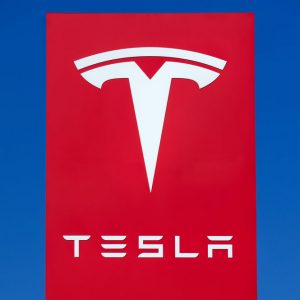

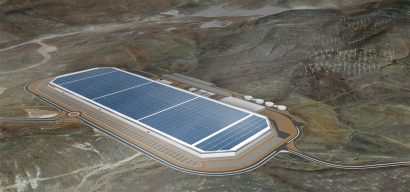

On 20 July 2016, Tesla’s CEO Elon Musk revealed his second ‘Master Plan’ outlining the future for Tesla. In this plan he explained how their strategy extends far beyond a corporate vision for Tesla, sketching out a plan to accelerate the delivery of a sustainable world. It was recently announced that Tesla and Solarcity have reached a $2.6 billion agreement to combine the two companies, creating the world’s only vertically integrated sustainable energy company. As one company, Tesla (storage) and SolarCity (solar) can create fully integrated residential, commercial and grid-scale products that improve the way that energy is generated, stored and consumed.
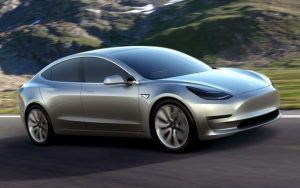

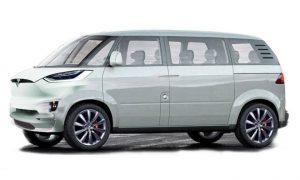

Source: Jalopnik
Unlike traditional forms of urban transportation which relies upon fixed stops, Tesla plans to increase the number of people using public transportation by enabling them to summon a bus to their location using their phone. Helping to achieve this will be Tesla’s Autopilot technology found in their current range of premium consumer vehicles. Autopilot will ultimately enable the automation of buses, removing the need for a driver and transitioning this role to the fleet manager. This will ultimately enable bus operators to manage a larger number of smaller automated buses from a single location. Unlike today’s buses, Tesla say their bus will be smaller, based upon the Model X’s chassis. Tesla explained their bus would have car-like performance so as not to impede traffic flow, and would include a flexible seating layout that could accommodate wheelchairs, strollers and bicycles.
